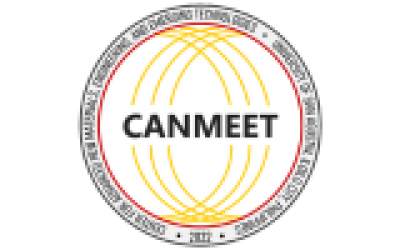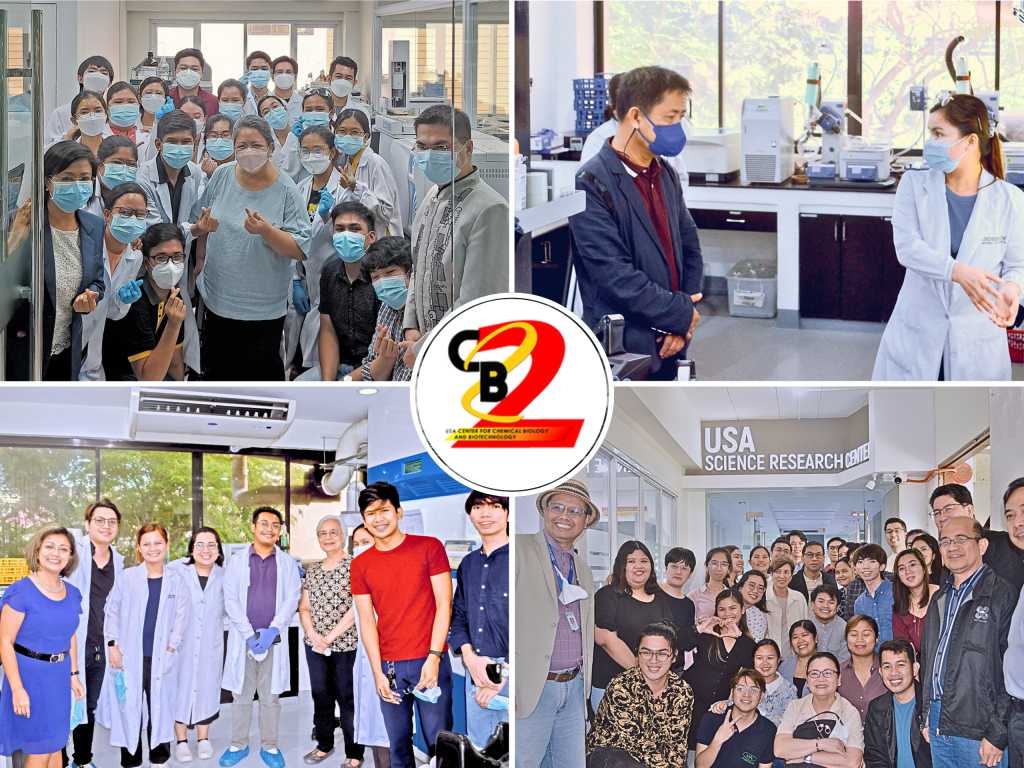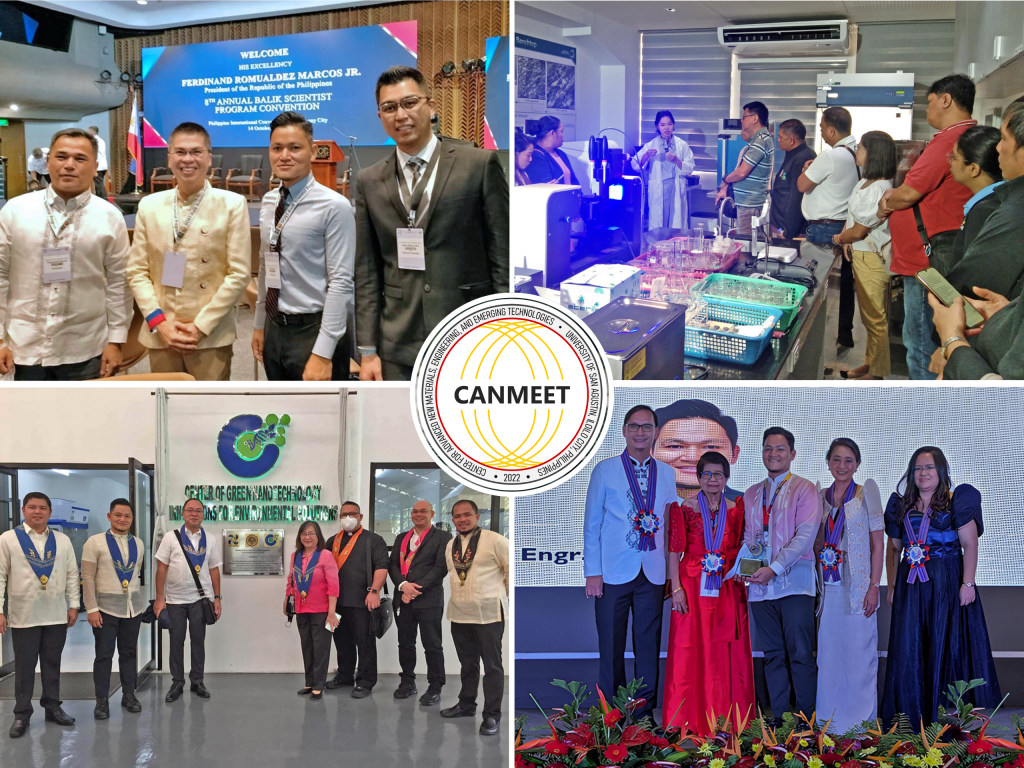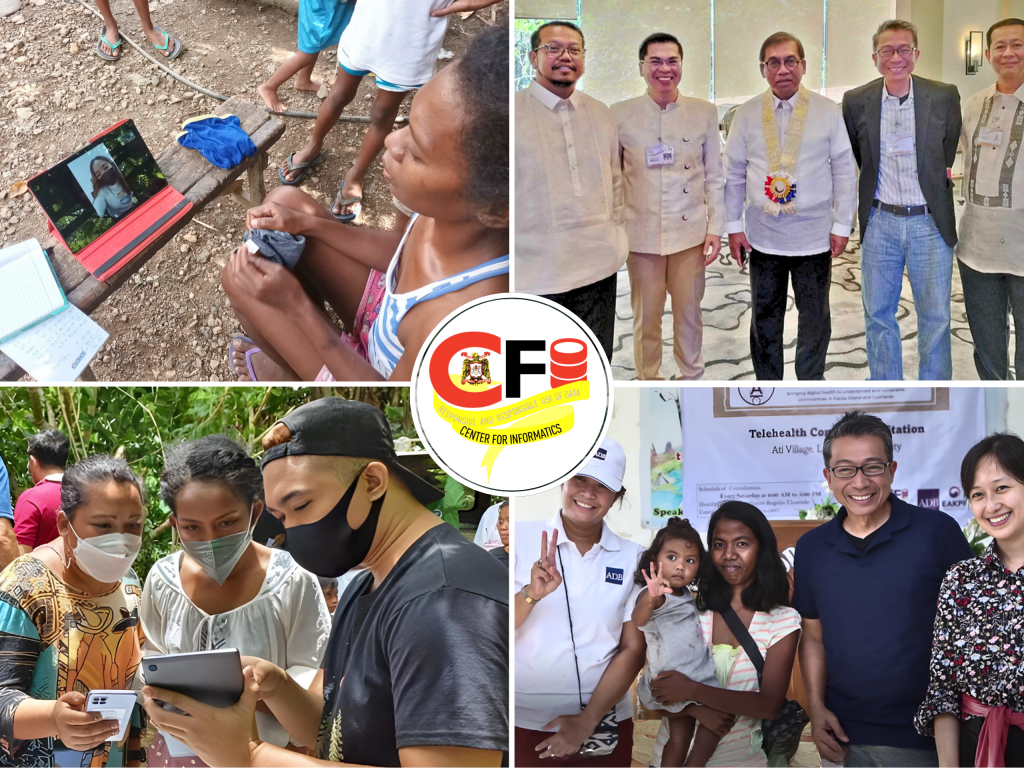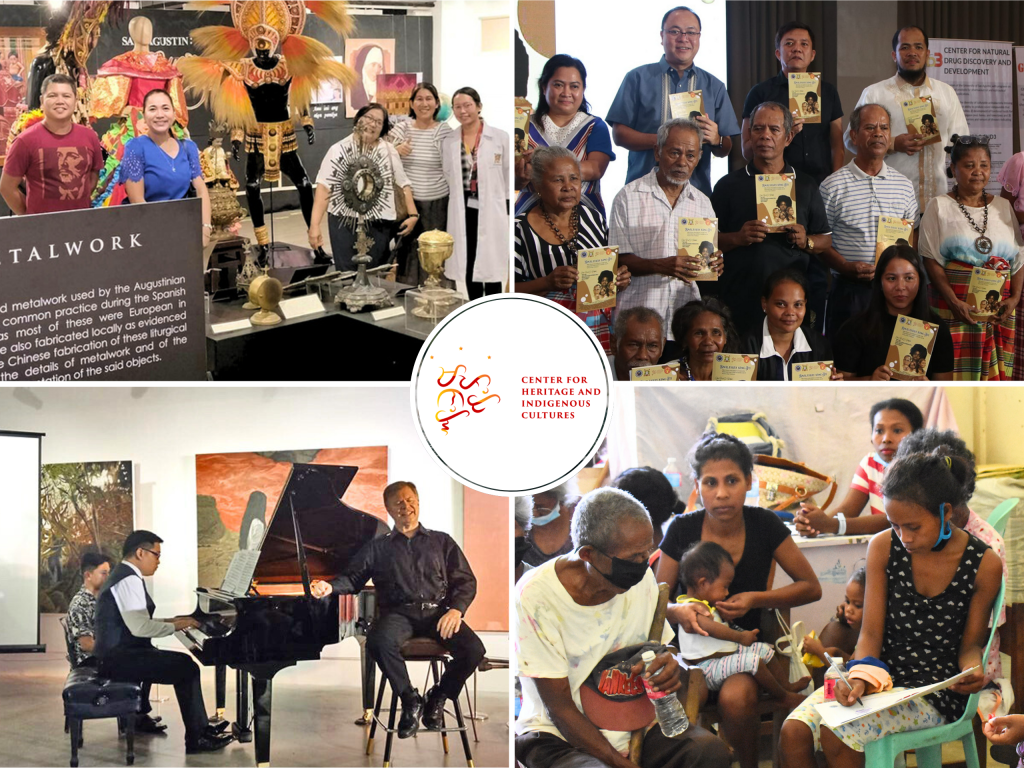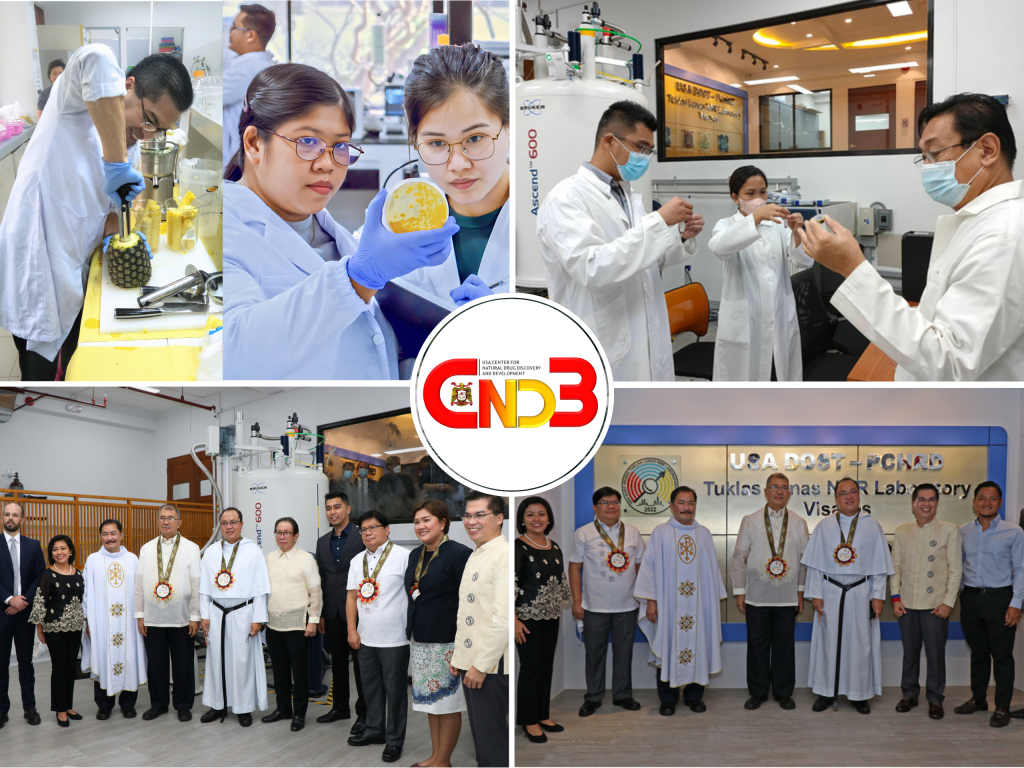Research Centers
- Home
- Research Centers
EXPLORING NATURE'S PHARMACY
CENTER FOR CHEMICAL BIOLOGY AND BIOTECHNOLOGY (C2B2)
Within the ORGR’s array of research institutions, the Center for Chemical Biology and Biotechnology (C2B2), colloquially referred to as C2B2, stands out as a particularly dynamic and successful entity. Established in the year 2017 by the illustrious duo of Dr. Doralyn Dalisay and Dr. Jonel Saludes, C2B2 has surfaced as a trailblazing research center in the field of natural product exploration. The present chapter thoroughly examines the genesis, scope, accomplishments, and prospective objectives of this exceptional research center, highlighting its significant contributions to the fields of science and medicine.
The genesis of C2B2 can be traced back to 2015, when Dr. Doralyn Dalisay and her spouse, Dr. Jonel Saludes, repatriated to the Philippines following their research tenures in the United States. Acknowledging the dearth of research prospects in their native land, they endeavored to leverage their expertise in microbiology, organic chemistry, chemical biology, and natural products to delve into novel avenues of scientific inquiry. Their primary emphasis was directed towards
ESTABLISHING NANOTECHNOLOGY RESEARCH
CENTER FOR ADVANCED NEW MATERIALS, ENGINEERING, AND EMERGING TECHNOLOGIES (CANMEET)
The Center for Advanced New Materials, Engineering, and Emerging Technologies (CANMEET) is the newest among all the VPRGR’s centers, but it is by no means the least accomplished among them. Since its establishment in 2022, CANMEET has already been at the forefront of nanomaterials research projects that have garnered grants and national recognition for the center.
Most recently, the center’s revolutionary contributions to nanotechnology, was instrumental in establishing the first and only smart packaging laboratory in Western Visayas. This accomplishment earned CANMEET the honor of being named the “Hub of Smart Nanomaterials” by the Philippine Council for Industry, Energy and Emerging Technology Research and Development (PCIEERD), Institution Development Program (IDP) of the DOST.
PIONEERING DATA-DRIVEN EXCELLENCE IN WESTERN VISAYAS
CENTER FOR INFORMATICS (CFI)
Since its founding in 2019, the University of San Agustin’s Center for Informatics (CFI) has been a potent local force in the dynamic world of data-driven innovations. CFI has made its mark in the field of research informatics with the enthusiastic support of the University of San Agustin Board of Trustees and unwavering assistance from the Department of Science and Technology (DOST) – Philippine Council for Health Research and Development (PCHRD) and the Balik Scientist Program (BSP).
The center aspires to become the hub of data research and applications in Western Visayas, with its main areas of interest in health, the environment, and governance.
According to CFI Founding Director Dr. Romulo “Jong” de Castro, three main pillars serve as the CFI’s roadmap for achieving this goal: gathering high-quality data, conducting responsive assessments, and using data to recommend just and equitable policies. As data stewards, CFI is governed by the principles of fairness, benefit, openness, and reliability.
LEADING THE WAY TO THE PRESERVATION OF OUR RICH CULTURAL HERITAGE
CENTER FOR HERITAGE AND INDIGENOUS CULTURES (CHIC)
The Center for Heritage and Indigenous Cultures (CHIC) of the University of San Agustin (USA) in Iloilo, Philippines, is a vital institution for the preservation, documentation, and promotion of the rich Augustinian culture and local heritage.
The Center was established in 2018 under the auspices of what was then called, the Office of Research and Global Relations (ORGR), under the leadership of Dr. Jonel Saludes. CHIC is a research center that conducts multidisciplinary studies across disciplines such as history, anthropology, linguistics, archaeology, philosophy, and other related fields. Its goal is to generate new knowledge and insights that will enhance the understanding and appreciation of the diverse cultures that make up the Filipino nation.
TRANSFORMATION FROM WITHIN TO SERVE ILOILO AND THE WORLD
CENTER FOR NATURAL DRUG DISCOVERY AND DEVELOPMENT (CND3)
Officially established on June 1, 2017, the Center for Natural Drug Discovery and Development (CND3) found its footing under the leadership of Dr. Jonel P. Saludes, the Founding Director of CND3. At its inception, the center faced the challenge of lacking a physical home and was initially named the Tuklas Lunas Development Center (TLDC) of the University of San Agustin (USA), and was later formally named the Center for Natural Drug Discovery and Development.
During its early stages, CND3 existed only in conceptual form, utilizing the facilities of the University’s Gregor Mendel Research Laboratories together with the Center for Chemical Biology and Biotechnology (C2B2). The establishment of both centers was made feasible through initial grants, including PHP 35 million from DOST grants secured by C2B2 Director, Dr. Doralyn Dalisay, subsequently funded by the Department of Science and Technology – National Research Council of the Philippines (DOST-NRCP), and PHP 85 million from the DOST – Philippine Council for Health Research and the DOST – Philippine Council for Health Research and Development (DOST-PCHRD) initiative for the establishment of the TLDC led by Dr. Saludes. These grants were instrumental in facilitating the timely establishment of the first two research centers under the VPRGR.


